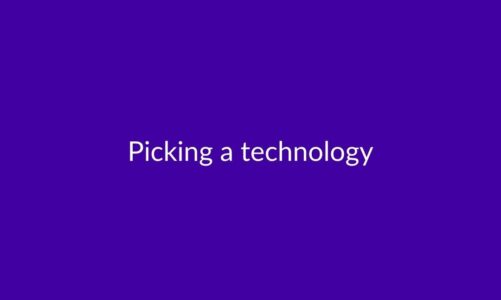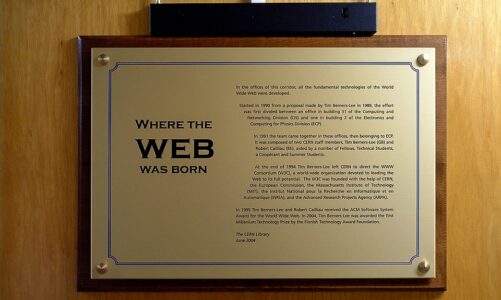Admittedly, the difference between a sensor and a detector is a fuzzy one. To a large extent, the definition I give here is personal, but it has helped many to understand the roles of the various elements that make a detector. That’s for the warning.
The way I defined a sensor is not personal: it is an object that responds to a specific change in its environment.
But is such an object really this useful? Well, no. Not until you can measure that response, that is to say, translate it in something that is intelligible to humans. To do so, you need to build an interface.
This interface will be highly dependent on the sensing material, on what is measured etc. Functionally though, there are two main parts to this interface, that I could want to call a cradle and a bullhorn. I am not famous (yet) for my dubious analogies, but stay with me.
The cradle is where the sensor sits, physically. For example, a printed circuit board, a pressurized can, a protective casing, and usually wires and/or a plug.
The bullhorn is the readout system. It is the coupling of electronic functions and an output, that a human can understand or interpret (or at least, learn to!). It is the loudspeaker that allows the nuclear, atomic or molecular changes in your sensor to be amplified until you can hear, see or count them.
That is what I call building a detector with your sensor.
Still, you might want to ask: Why do I make this distinction? Isn’t that a little, well… finicky? Yes and no. My line of work consists of designing and manufacturing sensors, and packaging them in their cradle. All this above is a crucial concept to grasp if the users and I want to be on the same page, because the performance of a detector cannot be equated directly to the potential of a sensor.




One thought on “What is… a Detector?”
Comments are closed.